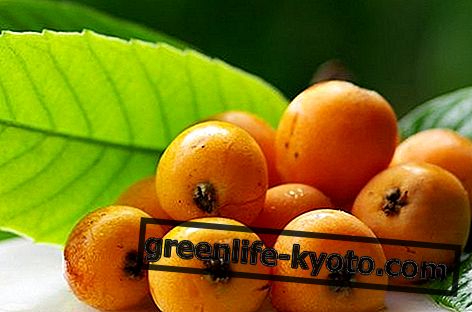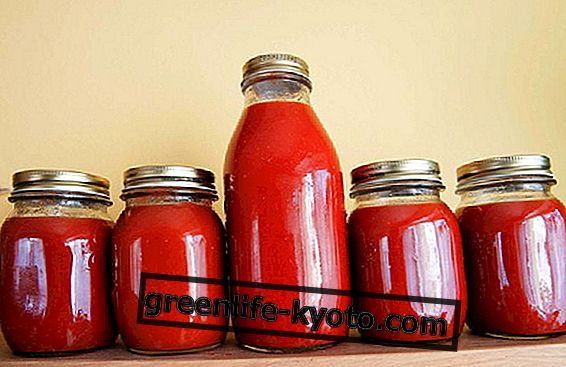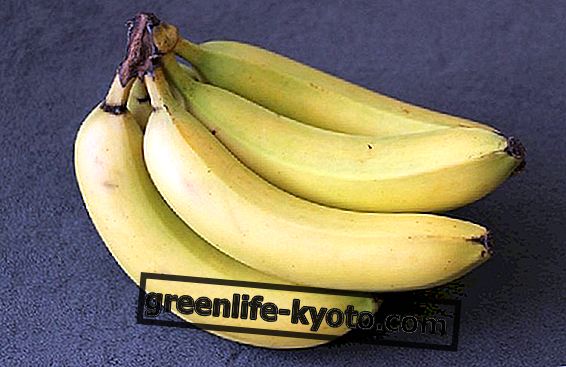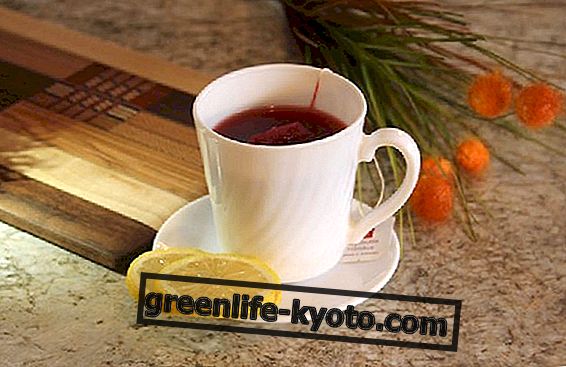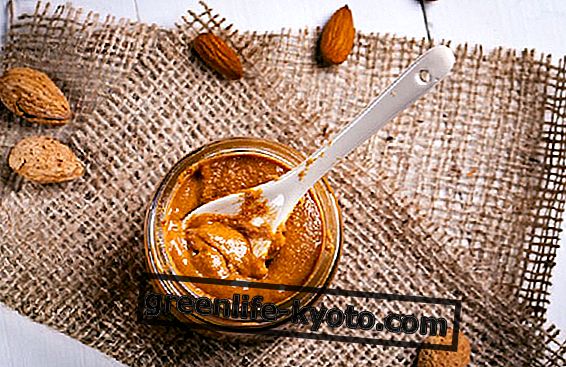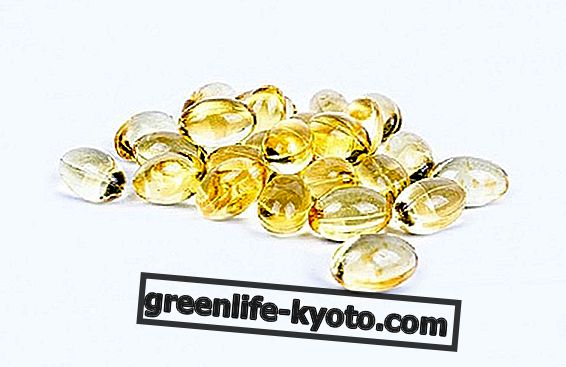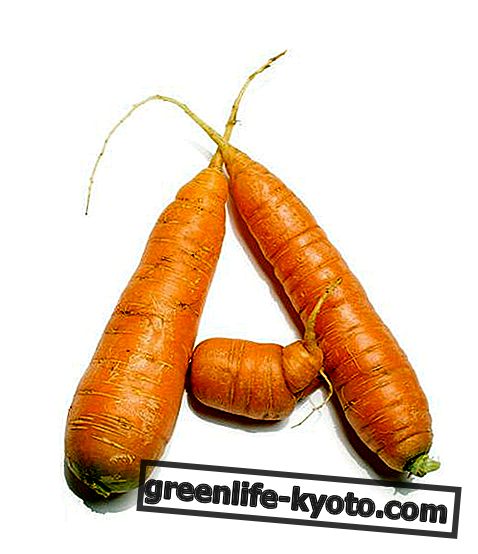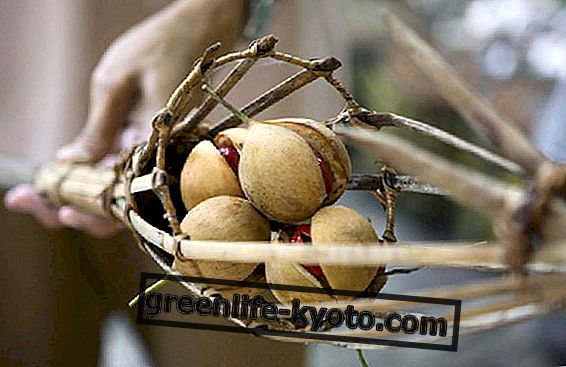Turquoise: description
Mineral class: phosphates.
Chemical formula: CuAl6 [(OH) 2 / PO4] 4 · 4H2O + Fe
Turquoise is a basic hydrated phosphate that is formed by alteration in sedimentary rocks (especially sandstone or volcanic) that contain aluminum and a high percentage of copper, to which it owes its typical blue-green color. The presence of water that can evaporate over time and the oxidation of copper explain the variation of the original color towards an apple green.
It is a porous and easily perishable stone, always opaque or slightly translucent at the edges and can present brown or black dendritic veins of limonite.
Turquoise : element
Earth : the earth element concerns the sphere of stability and well - being (peace, balance, fertility, money) and Air : the air element concerns the sphere of communication and intellect (capacity for expression, creativity, wisdom, travel) .
Turquoise: chakra
Fifth chakra Vishudda ("Throat")
Read also: All stones and crystals
Turquoise : mythology
The name derives from the French turqueise and refers to the fact that turquoise was first discovered by the crusaders in Turkey and introduced into Europe. According to Western and Eastern tradition, it is a lucky and protective charm against spells and is able to warn the owner of a possible danger by changing color. It is also called the negativity sponge .
In Egypt the turquoise was considered the symbol of the Hereafter and the Universe, of the divine presence on Earth. Four bracelets of turquoise and gold are the oldest known jewels in the world: they were found in 1900 on the arm of an Egyptian mummy and date back to five thousand years ago.
Most of the ancient civilizations held the turquoise in great consideration. The American Indians used it as a means of exchange for centuries, they used it in jewelry and to adorn the facades of houses and tombs. Turquoise represented the embodiment of the spirits of the sea and the sky . They also believed that he had the power to ensure success in war and in hunting, happiness and good luck to those who wore it.
Turquoise: effect on the body
Turquoise has a detoxifying, pain-relieving, toning and restorative action . It produces an increase in energy and stimulates the growth of the organism, especially in cases of deterioration, accelerates the healing processes.
Turquoise plays a purifying and oxygenating role on the lungs and prevents diseases of the throat.
Turquoise: effect on the psyche
Turquoise infuses energy in times of fatigue, relieves depression and protects the individual from negative environmental influences. It has a calming action and reduces the tendency to victimization infusing joy of life and awareness of one's abilities.
Turquoise stimulates intuition and perception of one's psycho-physical unity, balancing all polarities (male and female) and dualisms (body and spirit). Enhances creative expression skills and the power of communication through the use of the voice. It promotes the sense of beauty and facilitates interpersonal relationships and harmony in couple relationships.
Turquoise: method of use
Turquoise can be discharged after use under running water.
To obtain visible effects on a physical and spiritual level, it is advisable to bring the stone with it in close contact with the skin, especially around the neck to promote relaxation and to balance the emotion. If kept for a long time it will fade slightly.
Be careful not to leave it near sources of heat or in the sun .
